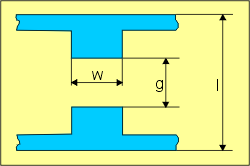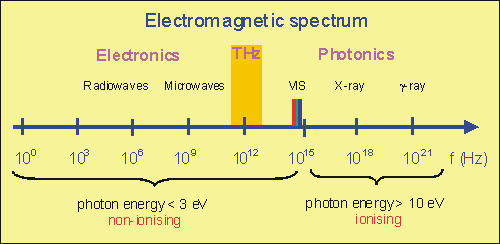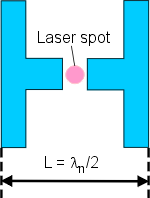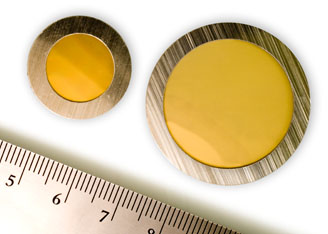|
Model |
Product
Name+ |
Buy Now |
|
iPCAp-21-05-1000-800 |
iPCAp,
800 nm, 21x5x1000 microns |
 |
|
iPCAp-21-05-300-800- |
iPCAp,
800 nm, 21x5x300 microns |
 |
|
iPCAs-21-05-1000-104 |
iPCAs,
1040 nm, 21x5x1000 microns |
 |
|
PCA-44-16-16-800-h |
PCA:
resonance frequency 1 THz, λ = 800 nm, gap distance 16 Ám |
 |
|
PCA-44-16-16-800-u |
PCA:
resonance frequency 1 THz, λ = 800 nm, gap distance 16 Ám |
 |
|
PCA-44-34-100-800-h |
PCA:
resonance frequency 1 THz, λ = 800 nm, gap distance 34 Ám |
 |
|
PCA-44-34-100-800-u |
PCA:
resonance frequency 1 THz, λ = 800 nm, gap distance 34 Ám |
 |
|
PCA-44-06-10-800-h |
PCA:
resonance frequency 1 THz, λ = 800 nm, gap distance 6 Ám |
 |
|
PCA-44-06-10-800-u |
PCA:
resonance frequency 1 THz, λ = 800 nm, gap distance 6 Ám |
 |
|
PCA-44-16-16-1030-h |
PCA:
resonance frequency 1 THz, λ = 990 .. 1060 nm, gap distance 16 Ám |
 |
|
PCA-44-16-16-1030-u |
PCA:
resonance frequency 1 THz, λ = 990 .. 1060 nm, gap distance 16 Ám |
 |
|
PCA-44-34-100-1030-h |
PCA:
resonance frequency 1 THz, λ = 990 .. 1060 nm, gap distance 34 Ám |
 |
|
PCA-44-34-100-1030-u |
PCA:
resonance frequency 1 THz, λ = 990 .. 1060 nm, gap distance 34 Ám |
 |
|
PCA-44-06-10-1030-u |
PCA:
resonance frequency 1 THz, λ = 990 .. 1060 nm, gap distance 6 Ám |
 |
|
PCA-44-06-10-1030-h |
PCA:
resonance frequency 1 THz, λ = 990 .. 1060 nm, gap distance 6 Ám |
 |
|
PCA-44-16-16-1040-h |
PCA:
resonance frequency 1 THz, λ ~ 1040 nm, gap distance 16 Ám |
 |
|
PCA-44-16-16-1040-u |
PCA:
resonance frequency 1 THz, λ ~ 1040 nm, gap distance 16 Ám |
 |
|
PCA-44-34-100-1040-h |
PCA:
resonance frequency 1 THz, λ ~ 1040 nm, gap distance 34 Ám |
 |
|
PCA-44-34-100-1040-u |
PCA:
resonance frequency 1 THz, λ ~ 1040 nm, gap distance 34 Ám |
 |
|
PCA-44-06-10-1040-h |
PCA:
resonance frequency 1 THz, λ ~ 1040 nm, gap distance 6 Ám |
 |









